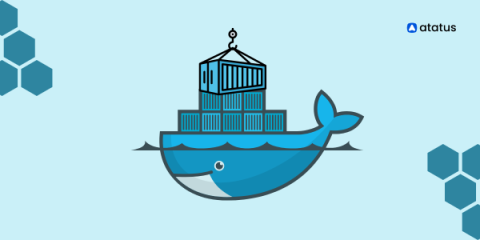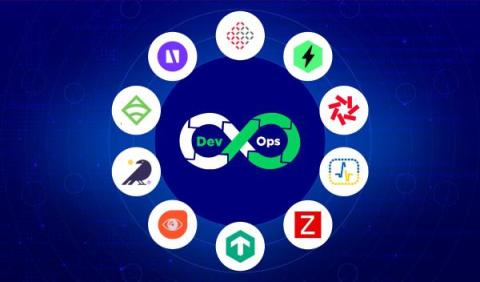How to Improve IT Support? 9 Ideas For Your Service Desk
To master the art of running a successful service desk, imagine it as a game of chess. Each piece, whether it's your team, the tools you use, or the strategies you implement, plays a crucial role in winning the game. There's no one-size-fits-all approach to how to improve IT support, but the tactics outlined in this article will undoubtedly boost your service desk's efficiency, enrich the user experience, and optimize the Return on Investment (ROI) of your tool.










